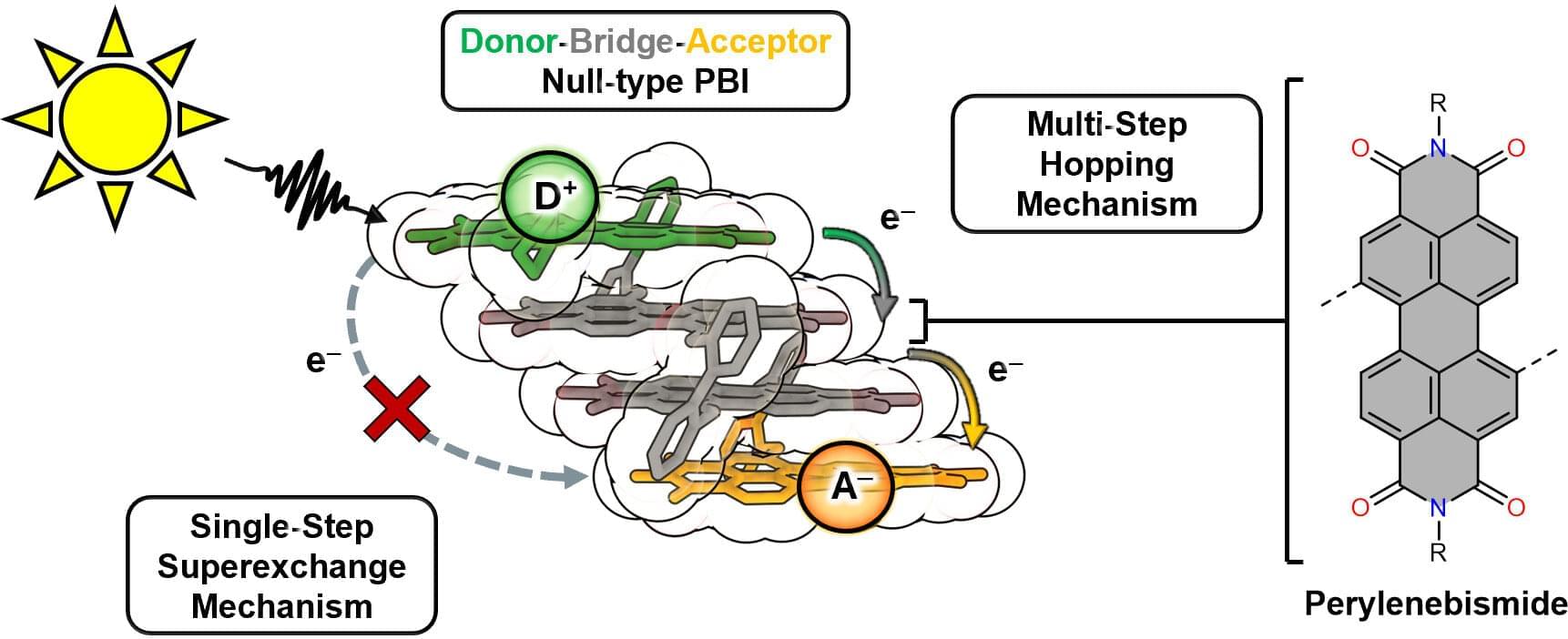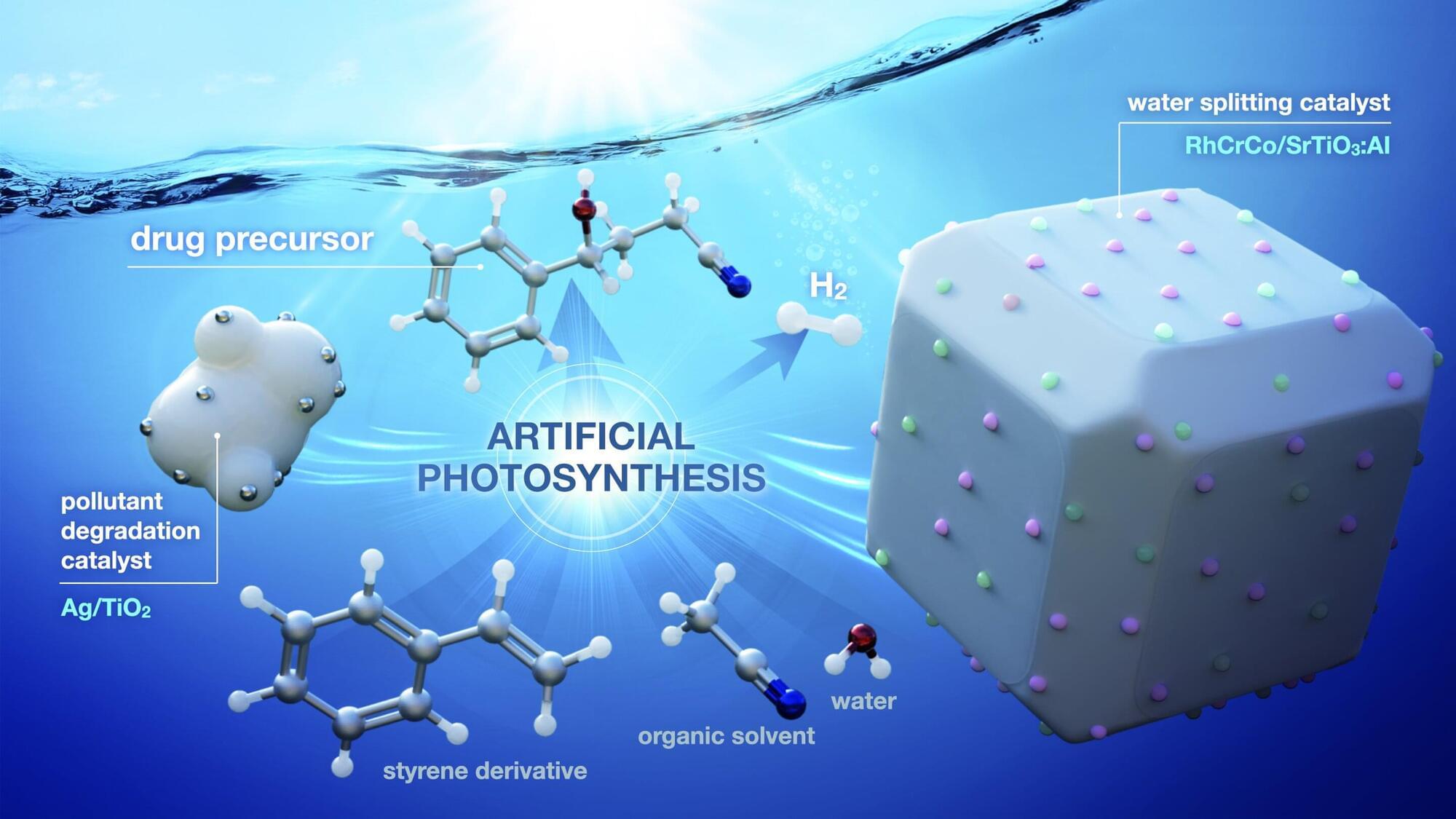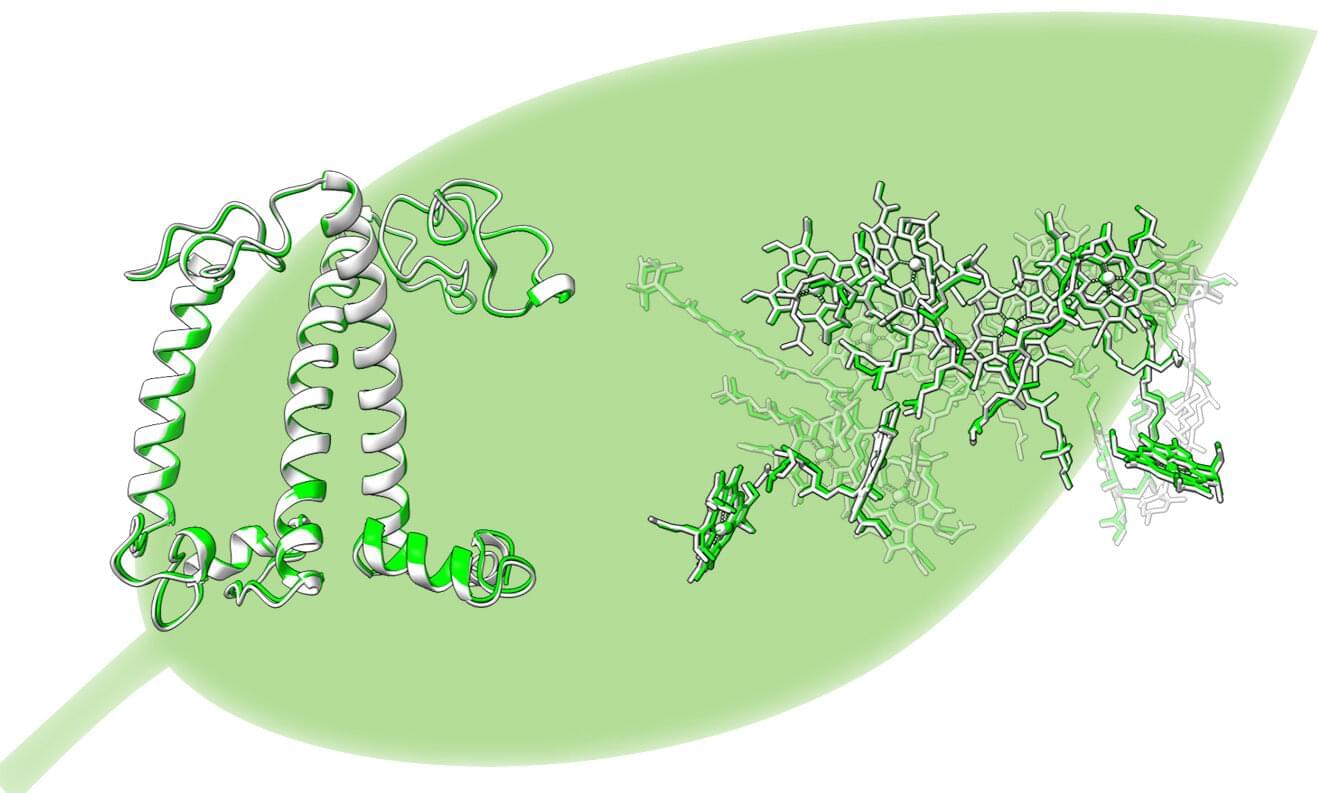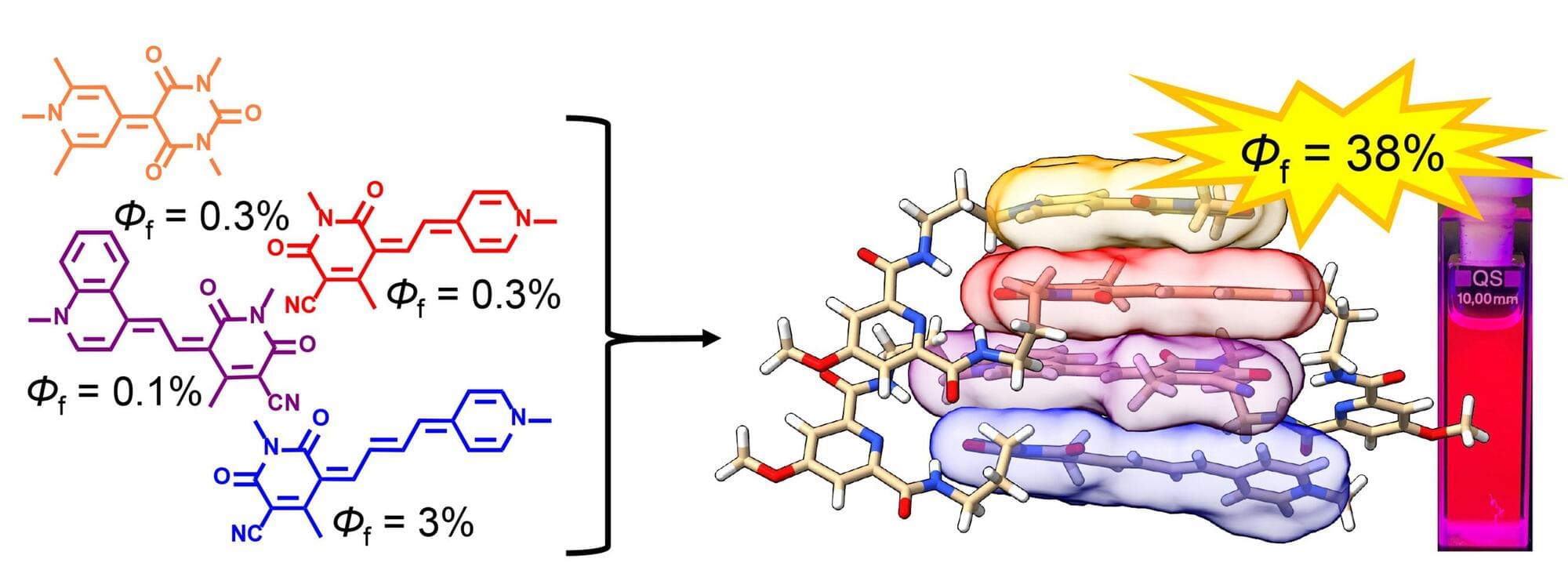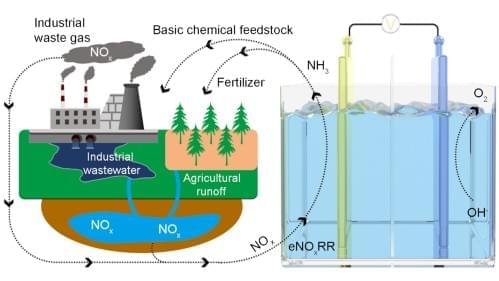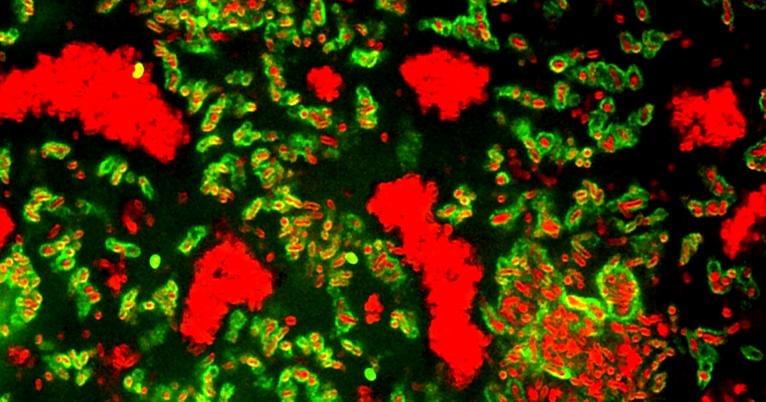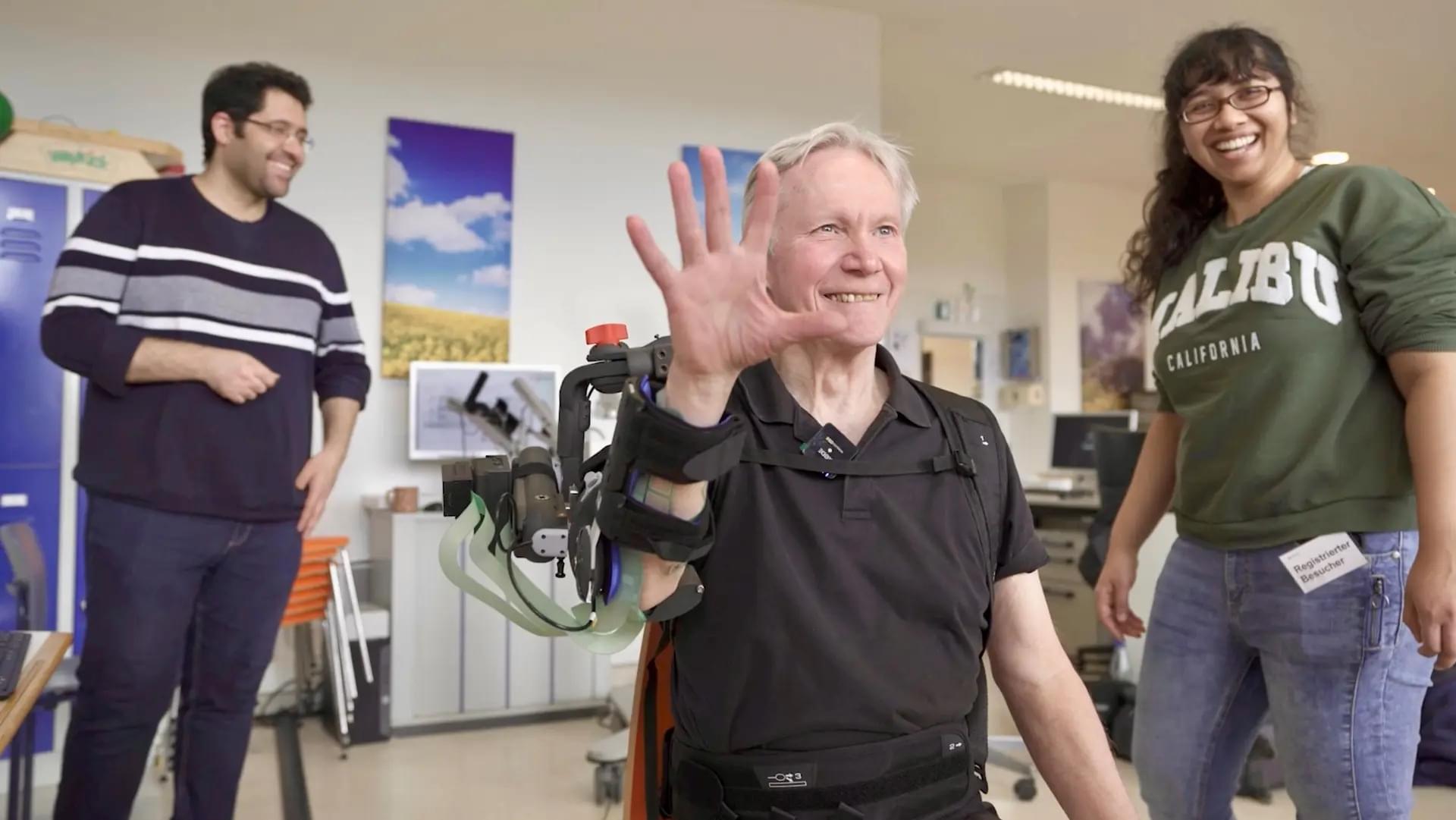A doctor has warned that sleeping on your front with one leg raised is the worst position to sleep in, as it can cause a range of health problems. He has s.
With artificial photosynthesis, mankind could utilize solar energy to bind carbon dioxide and produce hydrogen. Chemists from Würzburg and Seoul have taken this one step further: They have synthesized a stack of dyes that comes very close to the photosynthetic apparatus of plants. It absorbs light energy, uses it to separate charge carriers and transfers them quickly and efficiently in the stack.
Photosynthesis is a marvelous process: plants use it to produce sugar molecules and oxygen from the simple starting materials carbon dioxide and water. They draw the energy they need for this complex process from sunlight.
If humans could imitate photosynthesis, it would have many advantages. The free energy from the sun could be used to remove carbon dioxide from the atmosphere and use it to build carbohydrates and other useful substances. It would also be possible to produce hydrogen, as photosynthesis splits water into its components oxygen and hydrogen.
A research team led by Assistant Professor Shogo Mori and Professor Susumu Saito at Nagoya University has developed a method of artificial photosynthesis that uses sunlight and water to produce energy and valuable organic compounds, including pharmaceutical materials, from waste organic compounds. This achievement represents a significant step toward sustainable energy and chemical production.
The findings were published in Nature Communications.
“Artificial photosynthesis involves chemical reactions that mimic the way plants convert sunlight, water, and carbon dioxide into energy-rich glucose,” Saito explained. “Waste products, which are often produced by other processes, were not formed; instead, only energy and useful chemicals were created.”
Humans can do plenty, but plants have an ability we don’t: they make energy straight from sunlight, a superpower called photosynthesis. Yet new research shows that scientists are closing that gap.
Osaka Metropolitan University researchers have revealed the 3D structure of an artificial photosynthetic antenna protein complex, known as light-harvesting complex II (LHCII), and demonstrated that the artificial LHCII closely mirrors its natural counterpart. This discovery marks a significant step forward in understanding how plants harvest and manage solar energy, paving the way for future innovations in artificial photosynthesis.
The researchers, led by Associate Professor Ritsuko Fujii and then graduate student Soichiro Seki of the Graduate School of Science and Research Center for Artificial Photosynthesis, had their study published in PNAS Nexus.
Mankind is facing a central challenge: It must manage the transition to a sustainable and carbon dioxide-neutral energy economy.
Hydrogen is considered a promising alternative to fossil fuels. It can be produced from water using electricity. If the electricity comes from renewable sources, it is called green hydrogen. But it would be even more sustainable if hydrogen could be produced directly with the energy of sunlight.
In nature, light-driven water splitting takes place during photosynthesis in plants. Plants use a complex molecular apparatus for this, the so-called photosystem II. Mimicking its active center is a promising strategy for realizing the sustainable production of hydrogen. A team led by Professor Frank Würthner at the Institute of Organic Chemistry and the Center for Nanosystems Chemistry at Julius-Maximilians-Universität Würzburg (JMU) is working on this.
In order to convert sunlight into electricity or other forms of energy as efficiently as possible, the very first step is an efficient light-harvesting system. Ideally, this should be panchromatic, i.e. absorb the entire spectrum of visible light.
By fostering a deeper understanding of nitrogen electroreduction, this Collection aims to advance the development of sustainable and scalable processes to balance the nitrogen cycle and decarbonize chemical manufacturing.
Quantum systems hold the promise of tackling some complex problems faster and more efficiently than classical computers. Despite their potential, so far only a limited number of studies have conclusively demonstrated that quantum computers can outperform classical computers on specific tasks. Most of these studies focused on tasks that involve advanced computations, simulations or optimization, which can be difficult for non-experts to grasp.
Researchers at the University of Oxford and the University of Sevilla recently demonstrated a quantum advantage over a classical scenario on a cooperation task called the odd-cycle game. Their paper, published in Physical Review Letters, shows that a team with quantum entanglement can win this game more often than a team without.
“There is a lot of talk about quantum advantage and how quantum systems will revolutionize entire industries, but if you look closely, in many cases, there is no mathematical proof that classical methods definitely cannot find solutions as efficiently as quantum algorithms,” Peter Drmota, first author of the paper, told Phys.org.
A new Yale study offers surprising findings into the development of bacterial biofilms, the oldest form of multicellularity on the planet.
Twenty-four stroke patients have already used the complete system, consisting of an exoskeleton for the arm and shoulder in combination with FES as part of the ReHyb research project. Half of them were patients at the Schön Klinik Bad Aibling Harthausen, which is leading the study. The researchers also used a computer game that automatically adapts to the individual player’s capabilities. It trains them to grip and move their arms shortly after a stroke by reacting to colored balls flying toward them at varying speeds on a screen. The task is to catch the balls and match them with color-coded boxes.
At the center of TUM Professor Sandra Hirche’s setup is a digital twin that records the individual requirements of each patient and places them in a control loop. Among other things, the researchers have to determine how well each patient can move their arm and hand. In the event of a stroke, for example, paralysis can be caused by damage to the motor area in the brain responsible for movement. However, it is impossible to predict how severely the signals transmitted from the brain to the muscles in the forearm will be impaired after the stroke. “Individual muscle strands in the forearm can be stimulated to the right extent for hands and fingers to move,” says Prof. Hirche, who holds the Chair of Information-Oriented Control at TUM. In addition to information on muscle activity in the forearm, the researchers need to know how strongly the muscles should be stimulated in conjunction with the exoskeleton assistance.

